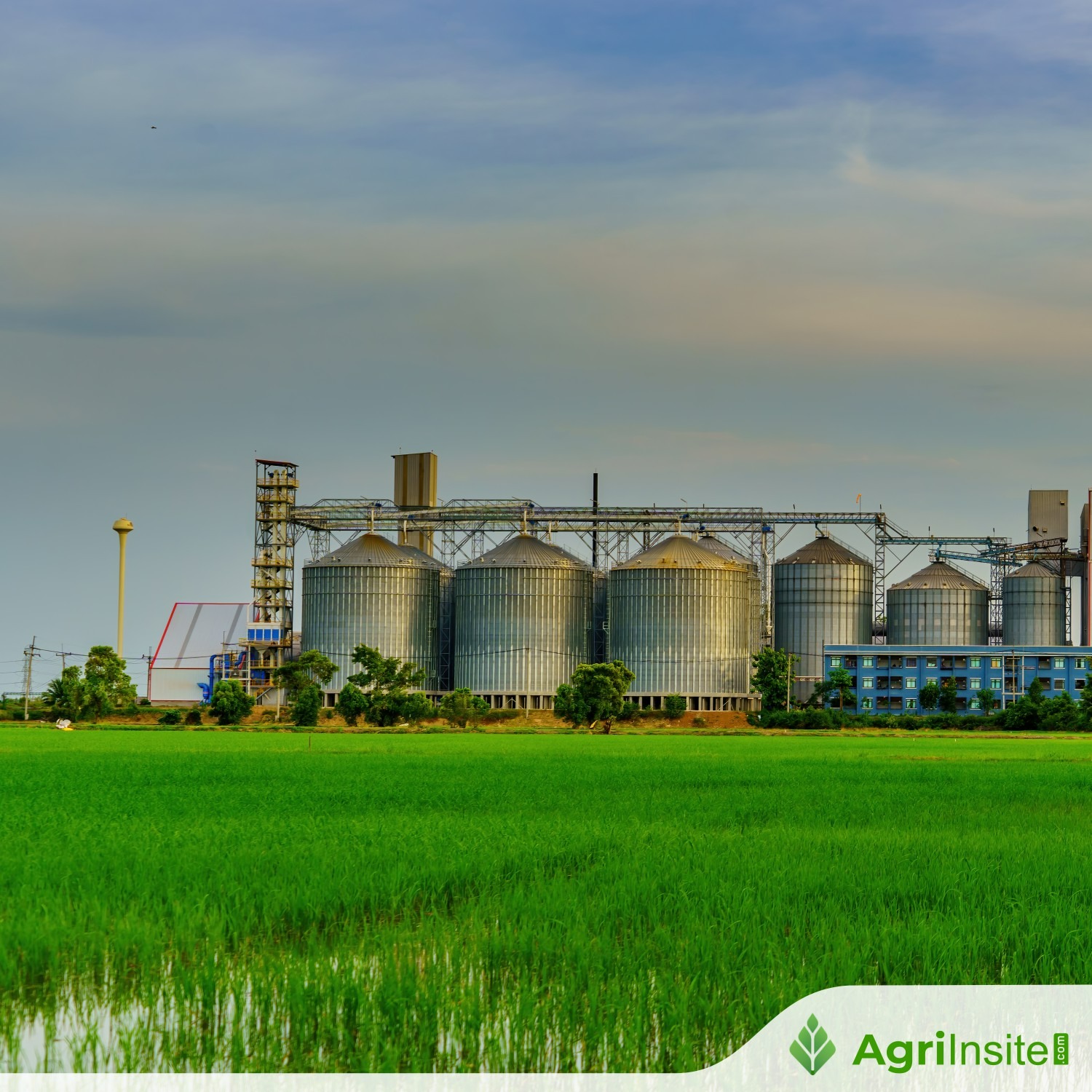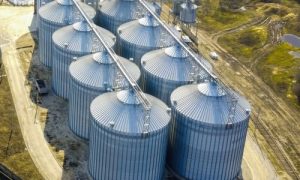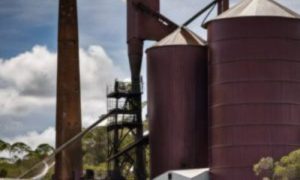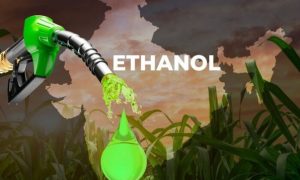FuelEU : A growth opportunity for Midwest ethanol producers

Global biofuel demand is set to rise 23% by 2028, led by ethanol and renewable diesel. However, U.S. ethanol faces headwinds from growing EV adoption. Midwest ethanol producers are eyeing carbon capture and e-Methanol production to diversify revenue. Modular plant designs offer a fast-track route to tap the booming e-Methanol marine fuel market, driven by EU climate regulations.
Global biofuel demand is expected to surge, with the IEA projecting a 23 percent increase by 2028. Renewable diesel and ethanol are expected to account for two thirds of this growth with new regulations such as FuelEU stimulating uptake.
However, the domestic outlook for US ethanol looks more uncertain with the acceleration of electric vehicle (EV) adoption, despite possible headwinds from federal policy.
Although the country’s goal to achieve 50 percent of new vehicles being electric by 2050 was revoked at the beginning of 2025, market analysts suggest that EV demand will continue to grow in line with overall market growth.
State-led initiatives, particularly California’s Advanced Clean Cars II program, which requires 100 percent of new vehicle sales to be zero emissions by 2035, is gaining traction in 11 more states, including the large vehicle sales markets of New York and Massachusetts.
This will play a key role in shaping the future fuel landscape. Along with improved automobile efficiency, the continued penetration of EVs into road transportation will reduce fuel ethanol demand for gasoline blending.
To retain competitiveness and futureproof revenue, diversification of revenue streams and markets will be important to ethanol producers in the Midwest.
Capturing the value of CO2
Midwest ethanol producers are well aware of the potential value of their biogenic carbon dioxide waste product.
The 45Q tax credit of $85 per metric ton makes carbon capture and sequestration an attractive new revenue stream.
However, transporting carbon dioxide for sequestration is where we have seen issues arise.. Not all plants are proximal to existing pipelines, and getting approval for a new pipeline over multiple jurisdictions is a lengthy process, not without complexity.
For example, one substantial pipeline project proposes to build a network across Iowa, Minnesota, North Dakota, South Dakota and Nebraska for the carbon captured to be sequestered in the North Dakota basin. But the project faces extensive public opposition from landowners, environmental rights groups and residents which could take many years to see it become a reality. In the meantime, millions of dollars of carbon dioxide are being lost out the vent stack.
The value proposition for e-Methanol
An emerging opportunity that warrants consideration is that of growing interest in synthetic fuels such as e-Methanol for use as marine fuel.
E-Methanol is produced by combining green hydrogen with biogenic carbon dioxide that can be directly sourced from an ethanol plant.
The liquid e-Methanol product can be easily transported via rail and avoids becoming entangled in the lengthy multi-jurisdiction permitting process necessary to construct a pipeline.
Instead, an ethanol plant would have certainty on execution of its revenue diversification project.
Europe’s potential e-Methanol market demand is particularly notable due to new regulations. On 1 January 2025, the European Union implemented the FuelEU Maritime regulation which mandates the progressive reduction of the greenhouse gas intensity of fuels for all ships above 5,000 gross tonnage calling at European ports.
While the regulations start with a modest 6 percent decrease in 2030 against a 2020 baseline, an 80 percent reduction in greenhouse gas intensity is expected by 2050.
The regulation is technology-agnostic, but a sub requirement for ships is to use 2 percent of renewable fuels of non-biological origin (RFNBO) per year from 2034.
E-methanol usage as a marine fuel is expected to grow rapidly to meet the FuelEU RFNBO demand. Ahead of the regulations, many engine manufacturers have begun offering dual fuel engines using methanol and major shipping companies have begun to convert their fleets.
For example, late last year, Maersk finished its first methanol dual fuel conversion of its 14,000 TEU containership the Maersk Halifax.
The OEM estimates the conversion of the ship will reduce its CO2 emissions by 90 percent. Maersk has also actively expanded its fleet selecting dual fuel newbuilds in pursuit of its ambition to achieve net zero operations by 2040.
Fast-tracking delivery to meet demand
The potential size of the global e-Methanol market is staggering, with some projections estimating a compound annual growth rate of over 25 percent between 2024 and 2031- equivalent to expanding the market sixfold.
To meet demand, e-Methanol production capacity must be increased quickly so speed in design and construction is a key competitive factor.
While typically an e-Methanol plant takes four to six years to build, Worley has collaborated with Topsoe, a global leader in catalysis and process technology, leveraging their shared expertise to accelerate this timeline. Their standardized, modular production model will significantly reduce development time for plants producing up to 600 metric tonnes per day, helping the industry meet demand at the pace required.
To achieve this, the collaboration has taken a ‘design one, build many’ approach to accelerate delivery and commissioning while enhancing flexibility in facility design.
As part of the design, key components, including technology licensing for both green hydrogen and methanol synthesis, along with most engineering and cost structures are pre-established.
Each facility then only needs site specific adaptations such as civil works, risk adjustments, and final safety checks. This makes the project more efficient, lowers the levelized cost of e-Methanol production and shortens the project’s time to revenue. The approach has already been successfully trialed in South America and the Middle East, as well as for other technologies such as green hydrogen.
The standardised, modular approach is highly applicable across all types of energy transition projects, helping to speed deployment and lower costs. The same approach could be applied to ramp up sustainable aviation fuel production, building plants to transform ethanol into jet fuel. For now, there is a strong case for ethanol plant owners across the Midwest to consider the benefits of capturing and converting their biogenic CO2 into high value e-Methanol marine fuel. A modular, standardized path to construction can help projects progress faster.
To Read more about Ethanol Industry & Bio Energy News, continue reading Agriinsite.com
Source : Biofuels International

















